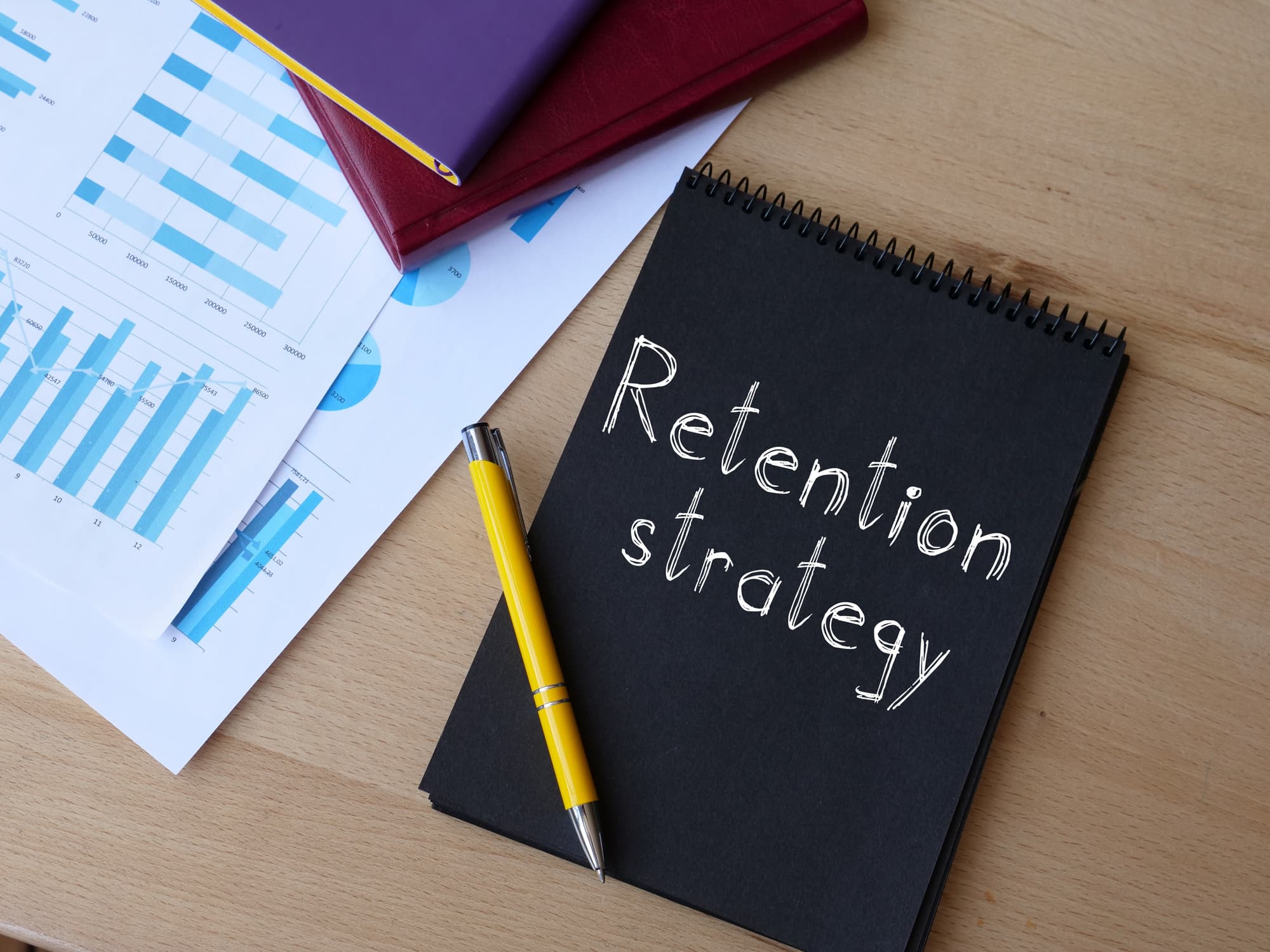
Trend Alert: The New Enrollment Strategy Is Retention
For years, higher education has treated enrollment and student success as separate initiatives—one focused on getting students in the door, the other on helping them cross the finish line. But in 2025, those lines of separation have blurred. The enrollment pool is shrinking. There are fewer traditional-aged students, competition is fiercer, and marketing dollars don’t stretch as far as they once did. Institutions can’t out-recruit the demographic cliff. Fortunately, the real opportunity isn’t in recruiting more students—it’s in losing fewer.
Data from the National Student Clearinghouse, released in June 2025, confirms what many have sensed anecdotally: Even as the number of new students declines, persistence and retention rates are quietly improving. With Spring 2025 results now confirmed and next academic year’s strategy under construction, there’s no better time to shift focus from recruitment to retention. This blog explores the reason for this shift and provides methods for strengthening retention initiatives.
Persistence and Retention Are Quietly Rising in Higher Education
Anticipating the enrollment cliff, many institutions have spent the past few years working to improve retention strategies. In fact, this year’s persistence and retention data from the National Student Clearinghouse shows that those methods institutions are using to try and retain their students are starting to work.
For the Fall 2023 cohort, the national second-fall persistence rate reached 77.6%, and the retention rate hit 69.5%—both small but steady gains. First-spring persistence climbed to 86.4%, the second highest in nine years. That means that while the overall pool of students may be smaller, the ones who do enroll are increasingly likely to stay. In fact, over the past decade, same-institution retention has risen by more than three percentage points.
Institutions are doing something right—but is it enough and can they be doing more?
Misunderstandings Around Student Success
One of the biggest mistakes institutions can make when it comes to student success is treating it as something that happens after enrollment. It should not be treated as a downstream function, handled by advisors or student support teams once a student shows signs of struggle.
The reality is that most student success strategies are still reactive. Institutions wait for red flags—missed classes, failing grades, unpaid balances—and then intervene. By that point, it may be too late; the student’s connection to the institution is already frayed. Meanwhile, the data that could have predicted those issues sits scattered across systems—locked in silos between advising, IT, financial aid, and academic affairs.
Seeing Strides in Student Success Means Getting Data Right
Student success isn’t a department—it’s a system. Like any system, student success is only as strong as its data infrastructure.
What we’ve seen in our work with institutions is that those that are truly moving the needle on retention are doing three things differently:
- Defining success in context: Using data to understand what success actually means for their students—whether that’s persistence, completion, transfer, or employment outcomes.
- Building connected data ecosystems: Integrating information across platforms so staff can see a 360° view of each student—grades, attendance, financial holds, engagement, and alerts—all in one place.
- Creating a culture of timely action: Leading and training staff to use predictive analytics to flag early risk factors, route alerts to the right people, and track whether interventions worked.
This shift—from reactive response to proactive insight—is what separates a student success plan from a student success culture.
The Future of Student Success Is Integration
Student success used to mean more staff, more outreach, more programs. Now it means more connection. Institutions that integrate their systems, align their teams, and act on data in real time are building something far more powerful than retention—they’re building trust between the student and the institution. When students feel seen, supported, and heard—not just marketed to—they stay. And in the decade ahead, that’s not just a success strategy; it’s the new enrollment strategy.




